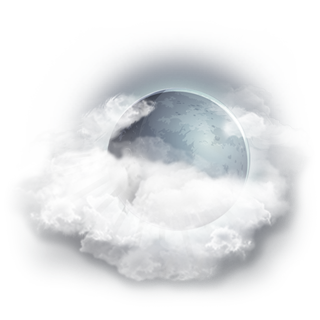It seems that every time I look at the news, there is another tragedy, political scandal, natural disaster––the list goes on. In today’s political climate, it is hard to remain positive and feel that I can have faith in the government. And while we live in a much more accepting society than the previous generation, it is no secret that we still have a long way to go in terms of eradicating oppressions like racism, misogyny, homophobia and xenophobia.
For me and many others, once we get past the near-paralyzing state of the world, it is hard to know how to move forward––and this is especially true for artists. In addition to just grappling with these issues, artists have to somehow keep creating work either with an awareness, or in spite, of this environment.
Do artists have an obligation to make politically charged work? Art that makes a statement, responds to injustice, calls for change? If it is politically and socially engaged––how can the artist make something that matters and remain sane while doing it?
Or can art just be art, for art’s sake?
There is no easy answer; art will never have one right way to be. I don’t think artists are required to respond to a political or social atmosphere, but this is oftentimes unavoidable: We naturally respond to our environment. But at such a politically charged time, when so many groups of people are marginalized and disenfranchised, it is impossible––and potentially a disservice––to not think about these themes and where they fit into your work.
There is protest art, which obviously has a clear message, and which has extensive subject matter in the Trump presidency. In our current political climate, with so many identities under attack, how can visual art combat white supremacy? Patriarchy? Transphobia? But with this in mind, how does art not just devolve into a form of emotional labor, where the artist has to explain and validate themselves in their work?
Some artists see their work as an escape—they want to leave the problems of the world outside the studio. But for other artists, their identities don’t have this privilege of choice; for a politicized identity, the personal is political. And it gets tiring to validate yourself time and time again. This is one of the greatest obstacles I see in moving art forward: how to balance creative process with social responsibility but still make quality work.
I’ve been talking about art in general, in all its myriad forms—from visual and written forms, to music and dance. I’m a writer and poet, so my relationship to art is literary. I think that writers in particular face the dilemma of responding to political moments and societal injustices, that the scars of a community or generation are written on their own backs. And I do think that writers have the unique opportunity to welcome language when others around them may be too stunned, fearful or disheartened to speak. The writer may be grappling with the political climate but can also pinpoint emotions and convey them skillfully, whether they write in protest or not.
For instance, in literature, authors have the potential to uplift voices that are often otherwise silenced. Especially in children’s and young adult literature, books with diverse characters and plots let kids see themselves in art, giving them role models and representation in a society that may treat them as the “other.”
Art can change attitudes and perceptions, which can change day-to-day life and maybe one day influence a policy. Change begins on a micro level, and I would argue that there are few ways more effective than connecting with someone else––making them understand a new perspective, get rid of a bias, unlearn a stereotype.
Artists have power that other constituents and respondents do not––we are spurred to create. Oftentimes, we don’t have a choice whether or not to create something––it is who we are. And we are, at the core of many of our projects, focused on feeling. Art moves people for reasons hard to explain, but whether for the artist or the viewer (or reader, listener), it is therapeutic in a way that other responses are not.
Often, it seems there are more questions than answers. But I think this questioning is important to the artmaking process. When artists consider some of the questions I’ve posed, about how to create, and create well, we are opening the possibilities of our work and beginning to discover our place. We are figuring out how to bring our art forward.
In a world that often seems full of hate, art offers solace. Community. Empathy. Strength. And if the walls are crumbling, art should not topple too––it should thrive.


